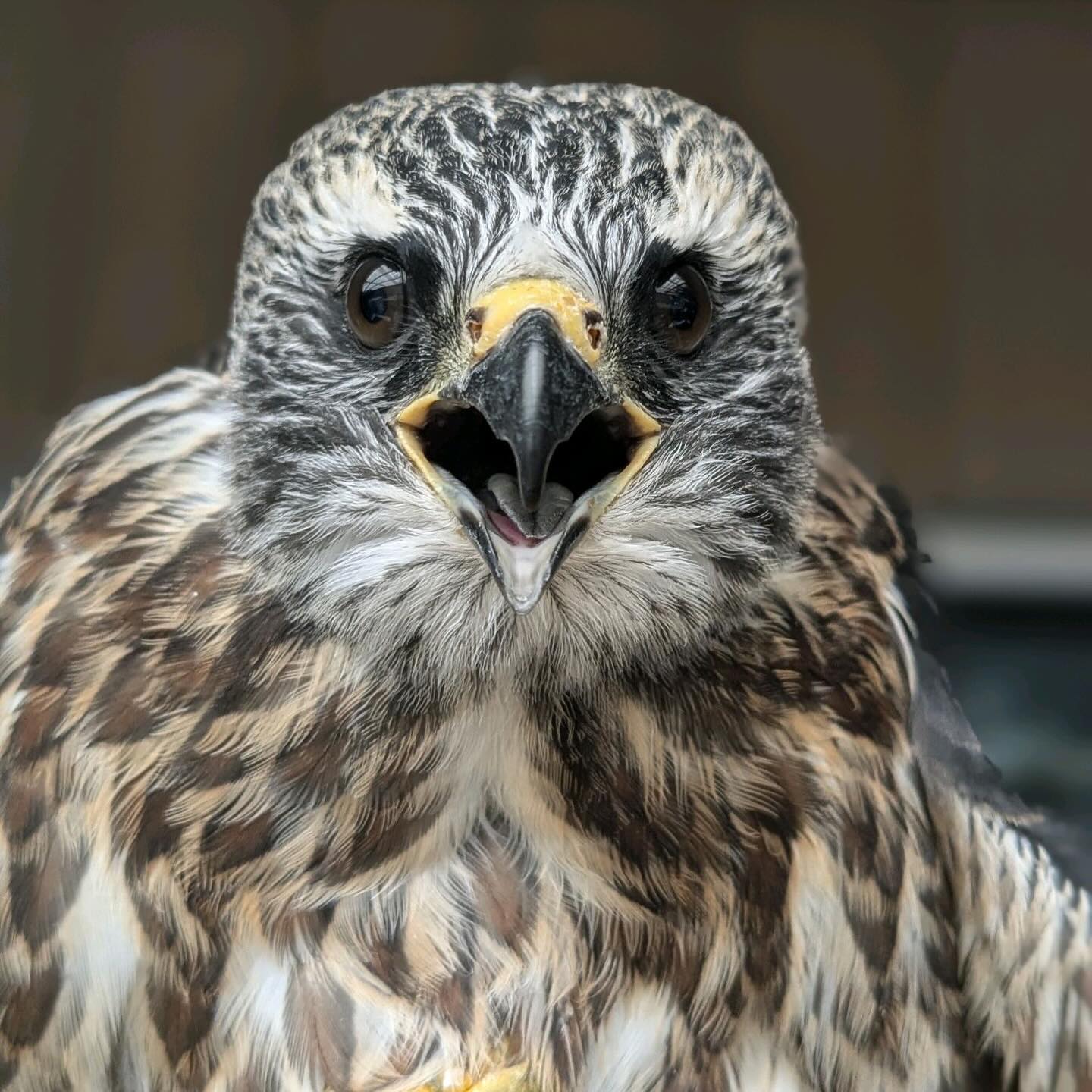- The impact of light pollution on migratory birds in Oklahoma and their migration patterns.
- The role of Oklahoma City Zoo and Botanical Garden in the LIGHTS OUT OKLAHOMA initiative.
- Strategies for individuals and businesses to contribute to reducing light pollution.
- The ecological importance of migratory birds and their conservation status.
- The partnership between the Oklahoma City Zoo and the Oklahoma Animal Coalition in promoting wildlife conservation.
The skies of Oklahoma have long been a vital pathway for countless migratory bird species. These birds are an integral part of our ecosystem, playing roles in pest control, pollination, and seed dispersal. Yet, their migratory journeys face increasing dangers due to our modern way of life, particularly from light pollution. Artificial lighting disrupts their natural flight paths and leads to fatal collisions with buildings—a growing concern that demands conscientious action.
Light pollution is a byproduct of urbanization. The intense artificial light emitted from our cities and towns disrupts the natural nighttime environment. This has unintended consequences for migratory birds, which rely on natural cues such as moonlight and star patterns for navigation. When these cues are masked or altered, birds can become disoriented, leading to more frequent collisions with brightly lit buildings and communication towers. Scientific research has consistently shown that artificial lighting can divert migratory birds from their natural pathways, challenging their survival.
The Oklahoma City Zoo and Botanical Garden, in collaboration with the Oklahoma Animal Coalition, has taken an active stance in addressing this issue through the LIGHTS OUT OKLAHOMA initiative. This program is part of a broader effort to protect migratory birds by educating the public on reducing light pollution. Dr. Rebecca Snyder, the Zoo’s Senior Director of Conservation, Education, and Science, emphasizes the significance of community involvement. By focusing on how light pollution affects birds, the initiative aims to mitigate the detrimental effects on these avian travelers.
The primary strategy of LIGHTS OUT OKLAHOMA is simple but effective: encourage individuals and businesses to turn off or dim non-essential lights at night, particularly during peak migration periods. The designated hours for this practice are between 11 p.m. and 6 a.m., from March through May, which aligns with the spring migration season. This easy act can significantly decrease the risk of bird collisions, providing them with safer passage as they navigate across the state. Such a small change can yield significant results in creating a more bird-friendly environment.
Beyond community actions, the initiative highlights the broader ecological importance of migratory birds. These birds contribute to biodiversity and are often indicators of environmental health. They help control agricultural pests, which supports human food production, and contribute to ecological balance by engaging in activities like seed dispersal. Preserving these birds ensures the survival of these essential functions within the ecosystem.
It’s crucial to recognize that light pollution not only endangers birds but also affects human well-being by disrupting natural sleep patterns. Therefore, initiatives like LIGHTS OUT OKLAHOMA have multiple benefits, enhancing ecosystem health and promoting a more sustainable relationship with the natural world. As urban areas continue to grow, adopting responsible lighting practices can significantly impact migratory bird conservation.
Join the OKC Zoo and its partners in this crucial initiative underscores a communal responsibility. The partnership with the Oklahoma Animal Coalition strengthens these efforts, drawing attention to the importance of conservation. The coalition works to advocate and implement practical solutions, fostering a culture of conservation awareness and action among Oklahomans.
The collaboration between these organizations provides a platform for public education and engagement, offering resources that empower people to make informed decisions about their lighting practices. Additionally, it encourages government policies and urban planning that consider the ecological impacts of artificial lighting.
By supporting the LIGHTS OUT OKLAHOMA initiative, individuals and businesses can actively participate in safeguarding migratory bird populations. Turning off lights might seem like a minor action, but when amplified across a community, it becomes a vital part of protecting these birds. The Oklahoma City Zoo, through its educational outreach, emphasizes that effective conservation strategies require a collective effort.
To learn more and become actively involved in these conservation efforts, individuals are encouraged to visit okczoo.org/lightsout. This resource provides comprehensive information and steps that can be easily integrated into daily routines, aligning with broader conservation goals. Together, through mindful practices, we can support migratory birds and advocate for the preservation of our natural heritage.
Engage in this critical conservation effort to make a tangible difference. Embracing these practices ensures that migratory birds continue to thrive in Oklahoma’s skies, perpetuating the beauty and balance of our shared environment.
*****
Source Description
Join the OKC Zoo in the LIGHTS OUT OKLAHOMA initiative to help protect migratory birds in Oklahoma!
As a partner of the Oklahoma Animal Coalition, the Oklahoma City Zoo and Botanical Garden, is proud to support a new communications campaign, LIGHTS OUT OKLAHOMA, to raise awareness for migratory birds and the impact light pollution has on their populations. “Seeing birds migrate across Oklahoma each spring and fall is a familiar sight but many people don’t realize the challenges birds face at night,” said Dr. Rebecca Snyder, OKC Zoo’s Senior Director of Conservation, Education, and Science. “As light pollution increases throughout our cities, towns, and neighborhoods, it’s significantly impacting birds. Their flight patterns are being disrupted, and more birds are colliding with buildings and power lines.”
Individuals and businesses are encouraged to support LIGHTS OUT OKLAHOMA by turning off or dimming non-essential lights at night within their homes and work spaces. The most effective time for turning lights out is between 11 p.m. and 6 a.m. during the peak spring migration season, now through May 15. To learn more about LIGHTS OUT, head to okczoo.org/lightsout
📷: Jesse P., WildCare Oklahoma


